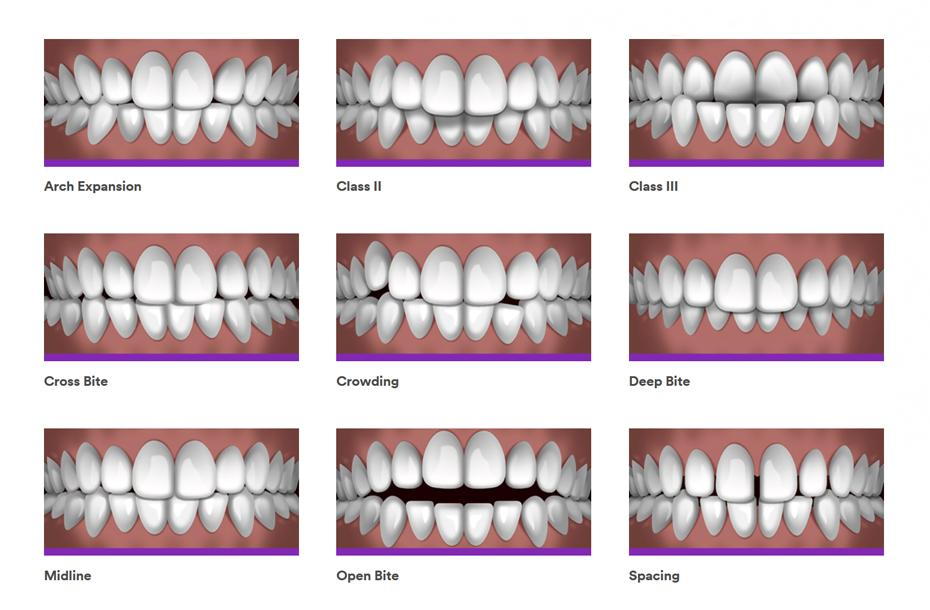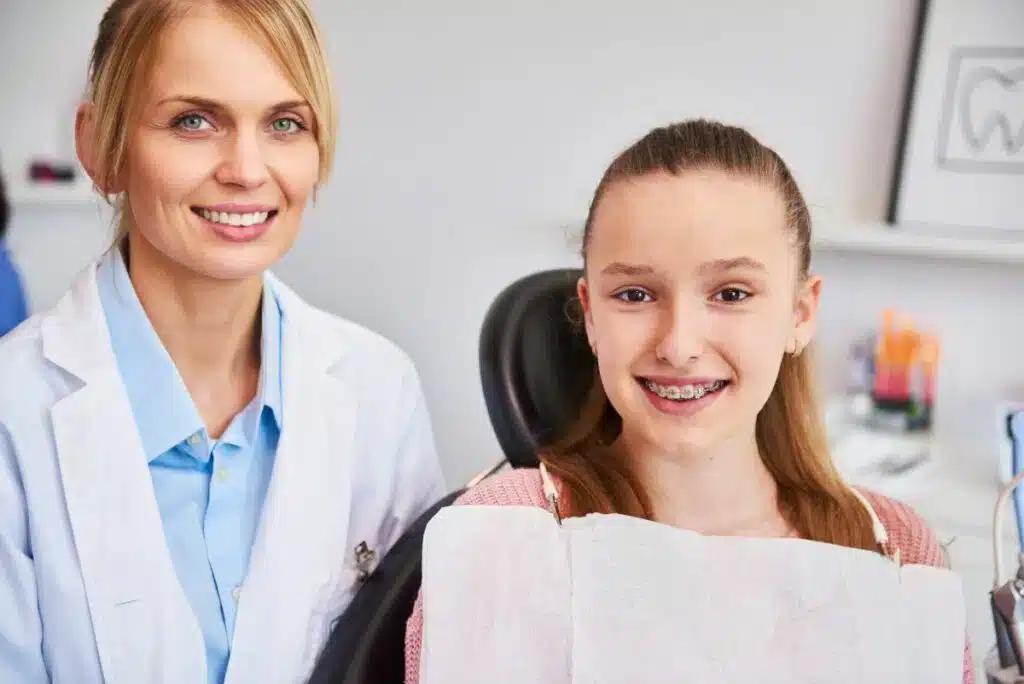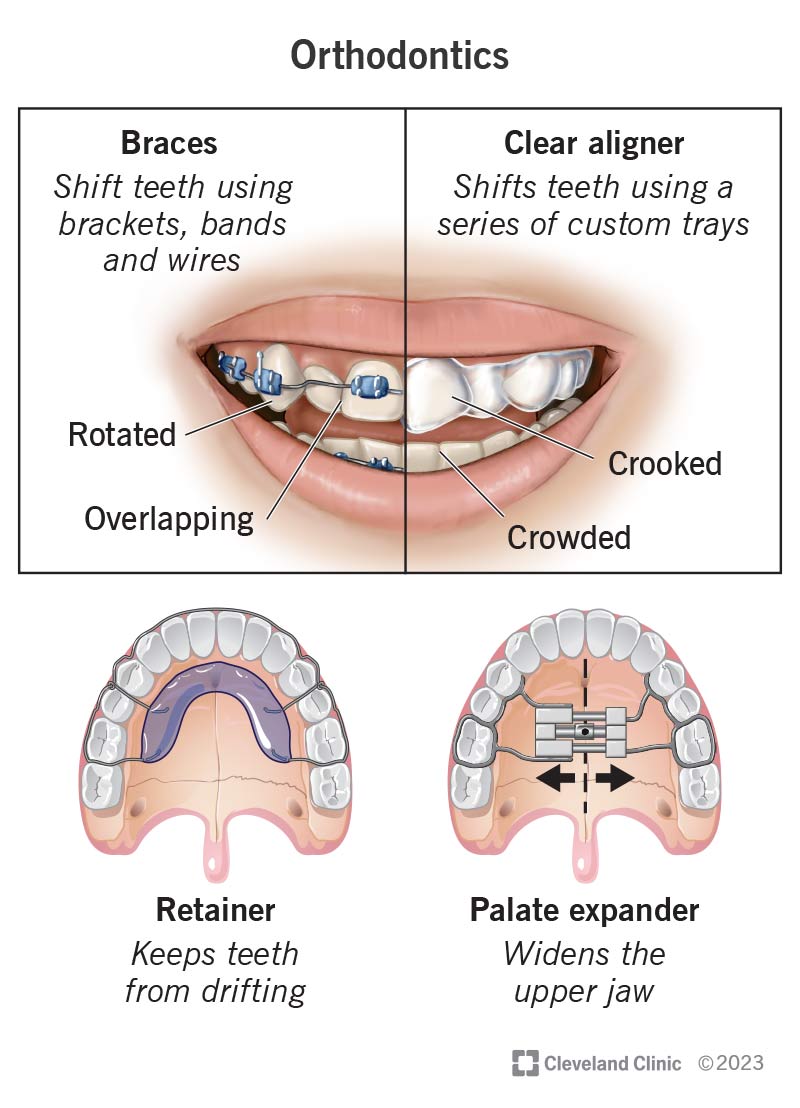The Facts About Causey Orthodontics Uncovered
Table of ContentsSome Ideas on Causey Orthodontics You Need To KnowSome Known Facts About Causey Orthodontics.The Causey Orthodontics PDFsThe 9-Minute Rule for Causey OrthodonticsExamine This Report on Causey Orthodontics
Ignoring occlusal partnerships, it was normal to eliminate teeth for a variety of oral concerns, such as malalignment or congestion. The idea of an intact teeth was not widely valued in those days, making bite correlations appear unnecessary. In the late 1800s, the concept of occlusion was crucial for producing reputable prosthetic substitute teeth.As these concepts of prosthetic occlusion proceeded, it became an important device for dentistry. It remained in 1890 that the job and effect of Dr. Edwards H. Angle started to be felt, with his payment to modern orthodontics specifically noteworthy. Concentrated on prosthodontics, he taught in Pennsylvania and Minnesota before guiding his focus in the direction of oral occlusion and the treatments needed to preserve it as a typical problem, hence becoming known as the "daddy of modern-day orthodontics".

The principle of excellent occlusion, as proposed by Angle and integrated into a category system, made it possible for a shift towards dealing with malocclusion, which is any kind of deviation from regular occlusion. Having a complete set of teeth on both arcs was extremely demanded in orthodontic treatment due to the need for specific connections between them.
The Buzz on Causey Orthodontics
As occlusion came to be the key top priority, face proportions and looks were overlooked - orthodontist near me. To accomplish ideal occlusals without utilizing exterior pressures, Angle postulated that having best occlusion was the most effective method to get optimum facial aesthetics. With the death of time, it came to be fairly obvious that also an exceptional occlusion was not appropriate when taken into consideration from an aesthetic perspective
Charles Tweed in America and Raymond Begg in Australia (that both researched under Angle) re-introduced dentistry removal right into orthodontics throughout the 1940s and 1950s so they can boost face esthetics while likewise making sure much better stability concerning occlusal relationships. In the postwar period, cephalometric radiography started to be used by orthodontists for measuring changes in tooth and jaw placement brought on by development and therapy. It came to be noticeable that orthodontic therapy might adjust mandibular development, leading to the formation of functional jaw orthopedics in Europe and extraoral force measures in the United States. Nowadays, both useful devices and extraoral tools are used around the world with the goal of changing development patterns and types. As a result, seeking real, or at the very least improved, jaw partnerships had become the major goal of treatment by the mid-20th century.
Getting The Causey Orthodontics To Work
 The American Journal of Orthodontics was developed for this objective in 1915; prior to it, there were no scientific objectives to adhere to, neither any kind of exact category system and brackets that lacked functions. Till the mid-1970s, braces were made by wrapping steel around each tooth. With improvements in adhesives, it became possible to instead bond steel braces to the teeth.
The American Journal of Orthodontics was developed for this objective in 1915; prior to it, there were no scientific objectives to adhere to, neither any kind of exact category system and brackets that lacked functions. Till the mid-1970s, braces were made by wrapping steel around each tooth. With improvements in adhesives, it became possible to instead bond steel braces to the teeth.This has actually had purposeful results on orthodontic treatments that are administered on a regular basis, and these are: 1. Correct interarchal connections 2. Proper crown angulation (tip) 3.
The benefit of the layout exists in its brace and archwire mix, which calls for just marginal cord flexing from the orthodontist or medical professional (orthodontist expert). It's appropriately called hereafter attribute: the angle of the port and thickness of the bracket base eventually figure out where each tooth is positioned with little demand for additional adjustment
Not known Facts About Causey Orthodontics
Both of these systems utilized the same braces for every tooth and required the flexing of an archwire in 3 airplanes for situating teeth in their desired placements, with these bends dictating best placements. When it involves orthodontic appliances, they are split right into two types: detachable and fixed. Removable devices can be taken on and off by the client as called for.

Thus, nearly all contemporary fixed appliances can be taken into consideration variants on this edgewise home appliance system. Early 20th-century orthodontist Edward Angle made a significant contribution to the globe of dentistry. He created 4 unique home appliance systems that have been utilized as the basis for lots of orthodontic treatments today, preventing a few exemptions.
Some Known Incorrect Statements About Causey Orthodontics

The wire finished in a string, and to move it onward, a flexible nut was used, which enabled a rise in circumference. By ligation, each specific tooth was affixed to this expansive archwire (affordable orthodontist near me). Because of its limited array of motion, Angle was incapable to achieve specific tooth placing with an E-arch
These tubes held a soldered pin, which can be rearranged at each visit in order to move them in area. Called the "bone-growing device", this device was theorized to motivate much healthier bone growth as a result of its potential for moving force straight to the roots. Nevertheless, implementing it confirmed frustrating in truth.